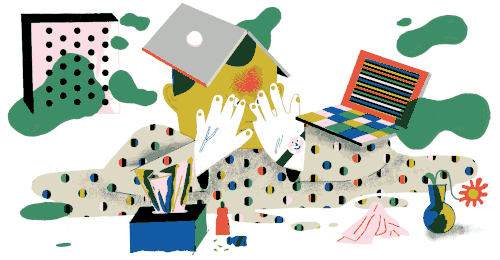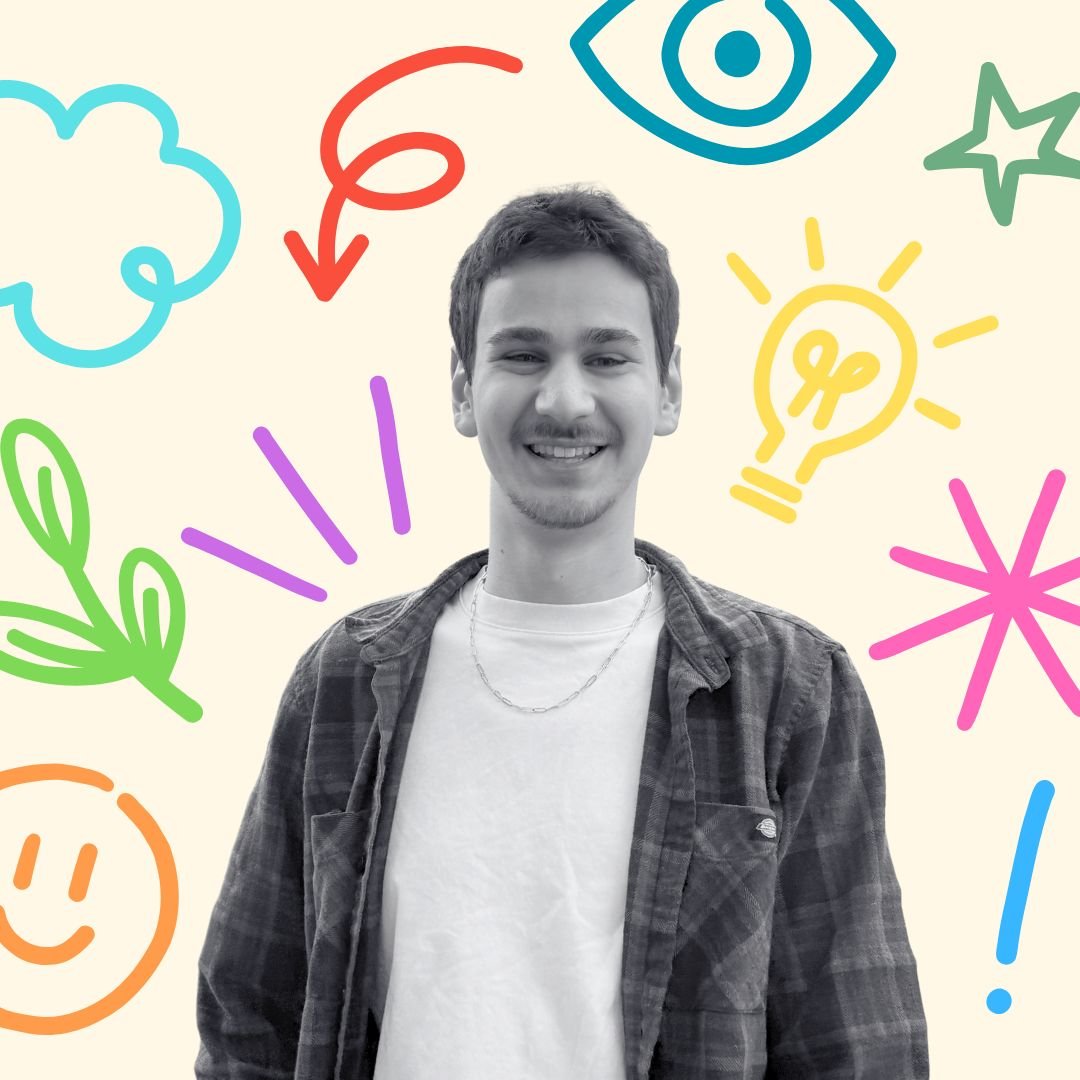How did you get started in this business?
Looking back, would you do anything different?
What is your creative process like? Where do you start? What do you usually have on or around you?
I don’t always have a clearly defined process and I try to allow room for accidents and mistakes to become authentic celebrations of creativity in my work.
What do you do to get out of a creative slump?
You have worked with some iconic brands and publications. What is the one project you’re most proud of?
What is one tool at your desk or workspace that you couldn’t live without?
Where do you look for inspiration these days? Are there any artists, designers, or illustrators that you are loving at the moment?
I try to find inspiration in all aspects of life. Sometimes, the small things that are overlooked lend themselves to the greatest creative possibilities.
As a university instructor, what advice do you always make sure to give to your students?
Risks are also important. I don’t think you should jump off a cliff, but we often get stuck or complacent and our fears can limit our potential.




